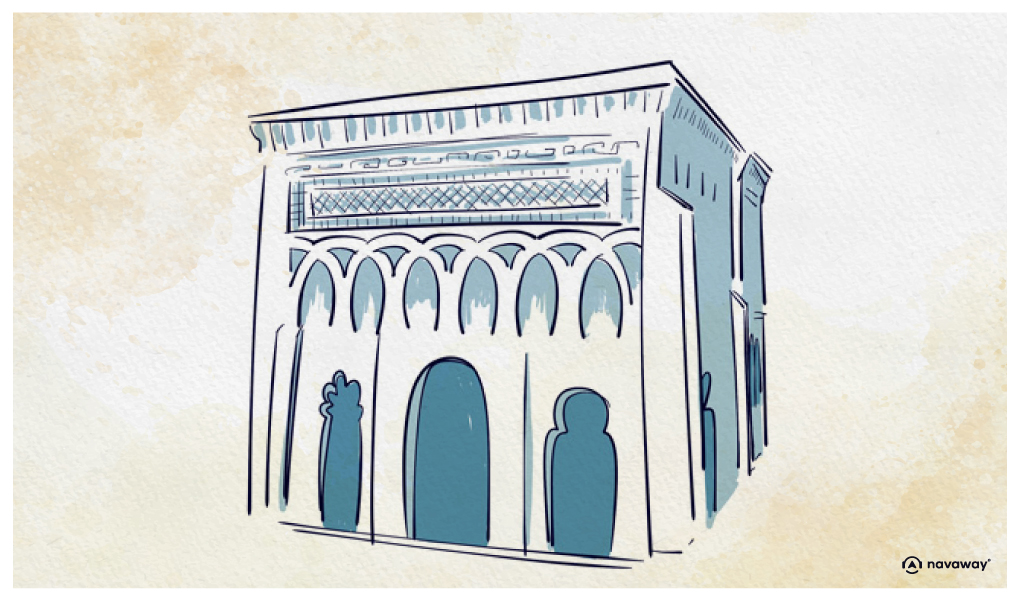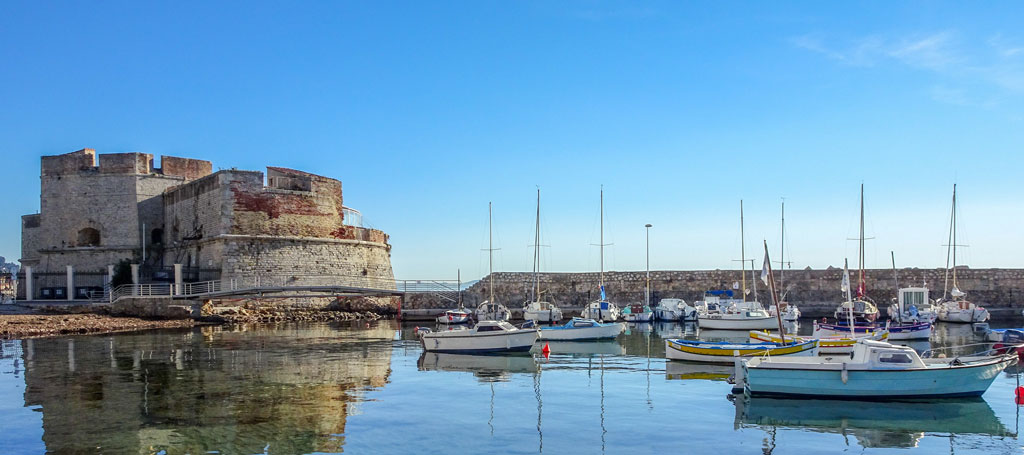
Cristo de la Luz mosque

This point of interest is available as audio on the tour: Visit Toledo, A gem by the Tagus River
At the bottom of the street of the Discalced Carmelites, you’ll come face to face with the small Cristo de la Luz mosque. Churches, synagogues, mosques—you now understand why Toledo, just like Córdoba, is nicknamed “the city of three cultures.” Now known as the Hermitage of Christ of Light, this mosque dates from the 10th century. It’s the only one left of the ten mosques that once stood in central Toledo during the Umayyad period of Al-Andalus. Built on the foundations of a former Visigothic church, it is the oldest structure in Toledo and one of the oldest remaining Islamic monuments in Spain. An inscription on the facade tells us that it was built in the year 999 by Ali Ibn Musa. Yes, it’s this old! As history unfolded, the mosque was converted into a church in the 12th century by Archbishop Bernard de Sédirac, despite the king’s promise that Muslims could keep their places of worship and practice their faith freely. The apse—the semi-circular part you can see in front of you—was added at that time, making the church a perfect example of Mudéjar art, the ultimate Spanish architectural style. If you’ve already visited Córdoba, you may think this little mosque looks quite similar to the Mezquita over there—a miniature version, of course. Regardless if you consider this building a church or a mosque, its name ‘Cristo de la Luz’—meaning ‘Christ of the Light’—has quite a story behind it. Legend tells us that when King Alfonso the Sixth entered the city triumphantly, something extraordinary happened. El Cid was riding his horse when something remarkable happened. Right in front of the mosque, the horse suddenly knelt down and refused to move forward. El Cid, by the way, means ‘The Lord’—it comes from the Arabic word ‘as-sayyid,’ meaning ‘master’ or ‘lord.’ He was a legendary knight whose story inspired many works, including a famous play by the French writer Corneille. You can still see a white stone on the ground today, marking the very spot where this mysterious event may have taken place. The king saw this as a divine sign and immediately ordered his men to search the building. What they discovered was remarkable: hidden within the walls was a crucified Christ, illuminated by an oil lamp that had supposedly been burning continuously for three hundred years—ever since the Visigoths had placed it there to protect it during the Muslim conquest. This miraculous discovery gave the building its current name. Just a bit further down to your left, another historic remnant of Toledo also bears this same name: the Puerta del Cristo de la Luz. Its more austere design certainly reveals its great age—it’s the oldest surviving gate in Toledo. Built in the 10th century under Muslim rule, it has been listed as a Spanish Heritage of Cultural Interest since 1921.


Discover Toledo with app
An interactive guide through the most beautiful streets, squares, and districts
24 fun audioguides full of historical facts, anecdotes, and legends





Comments